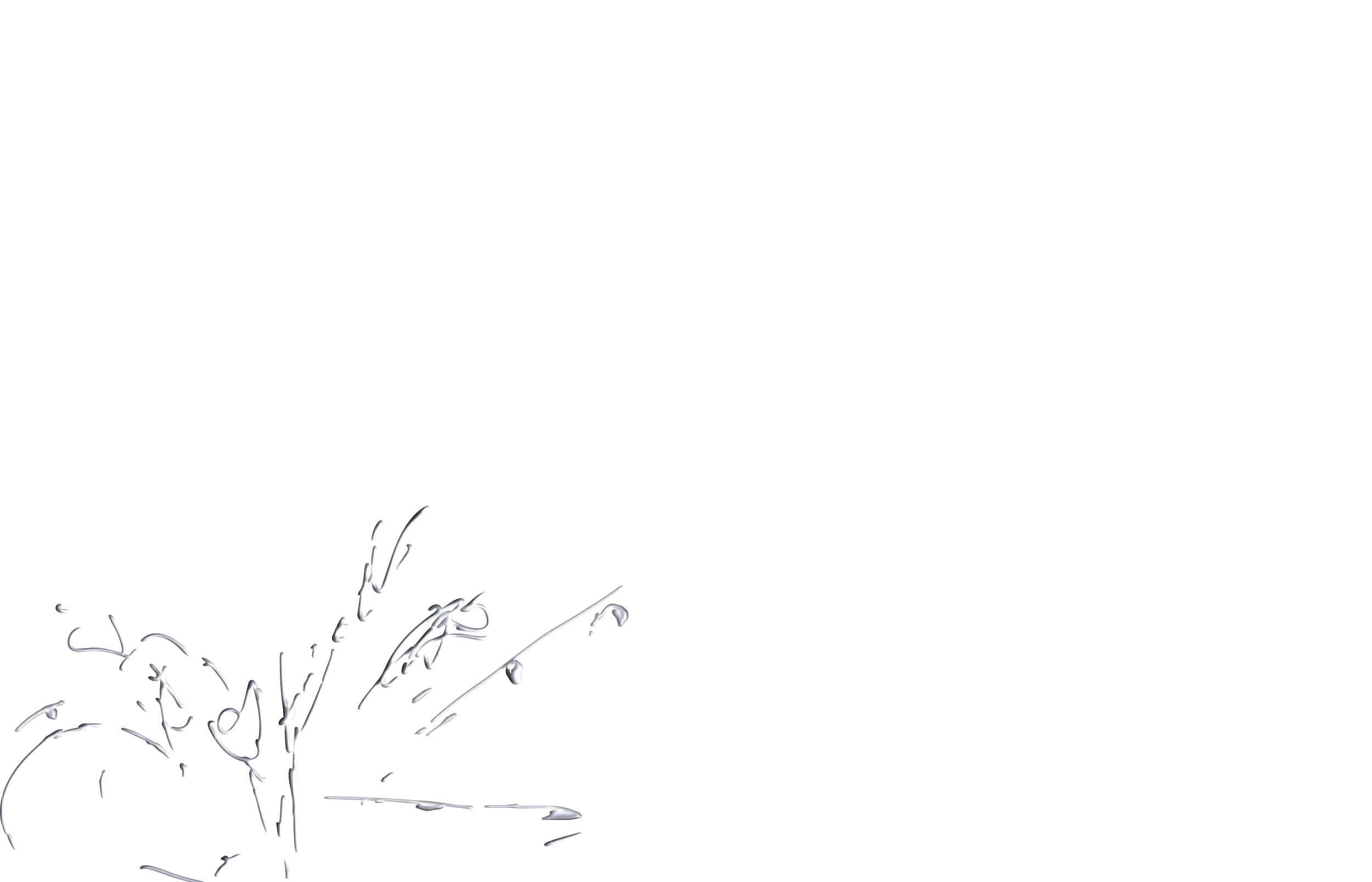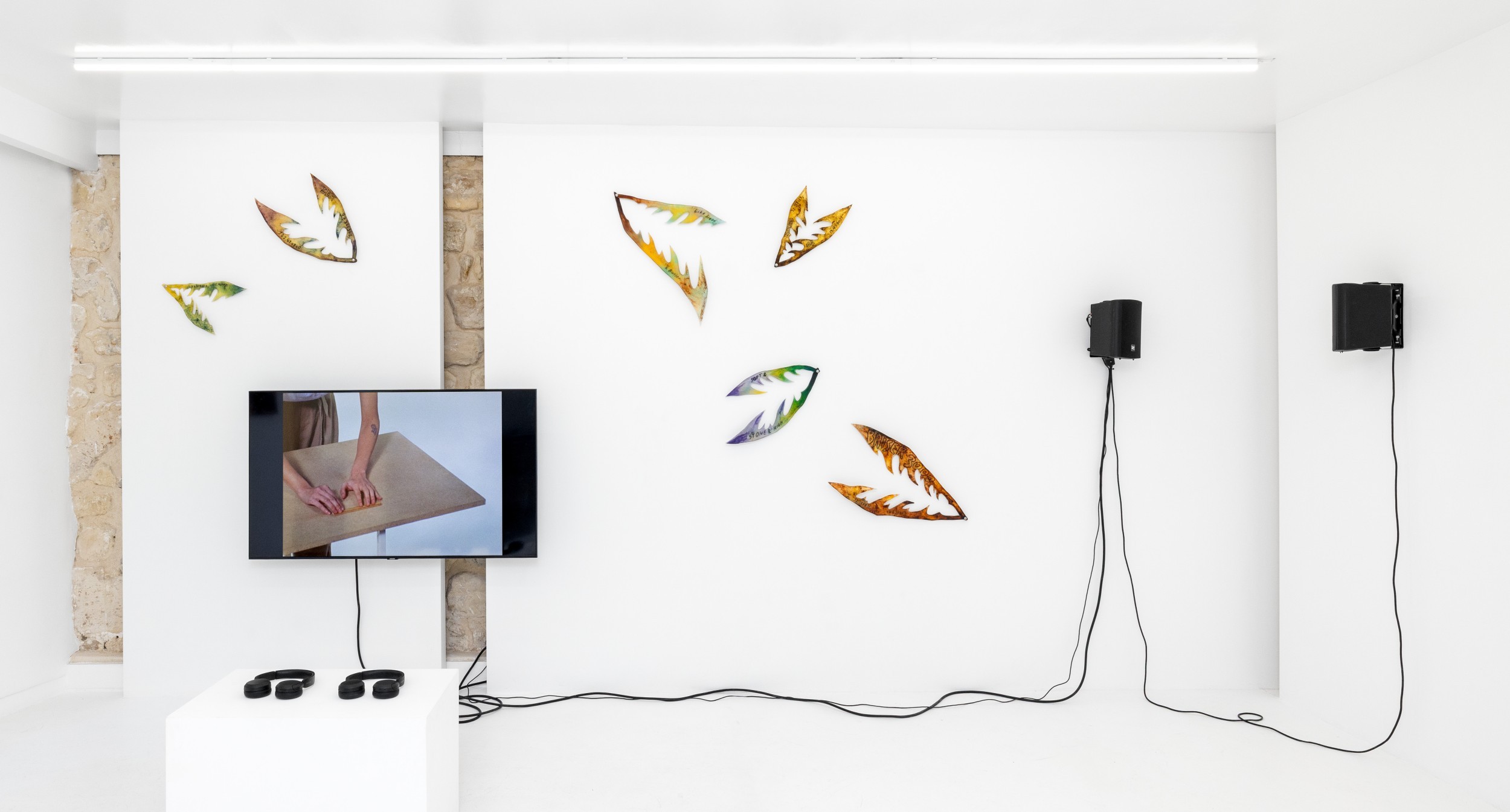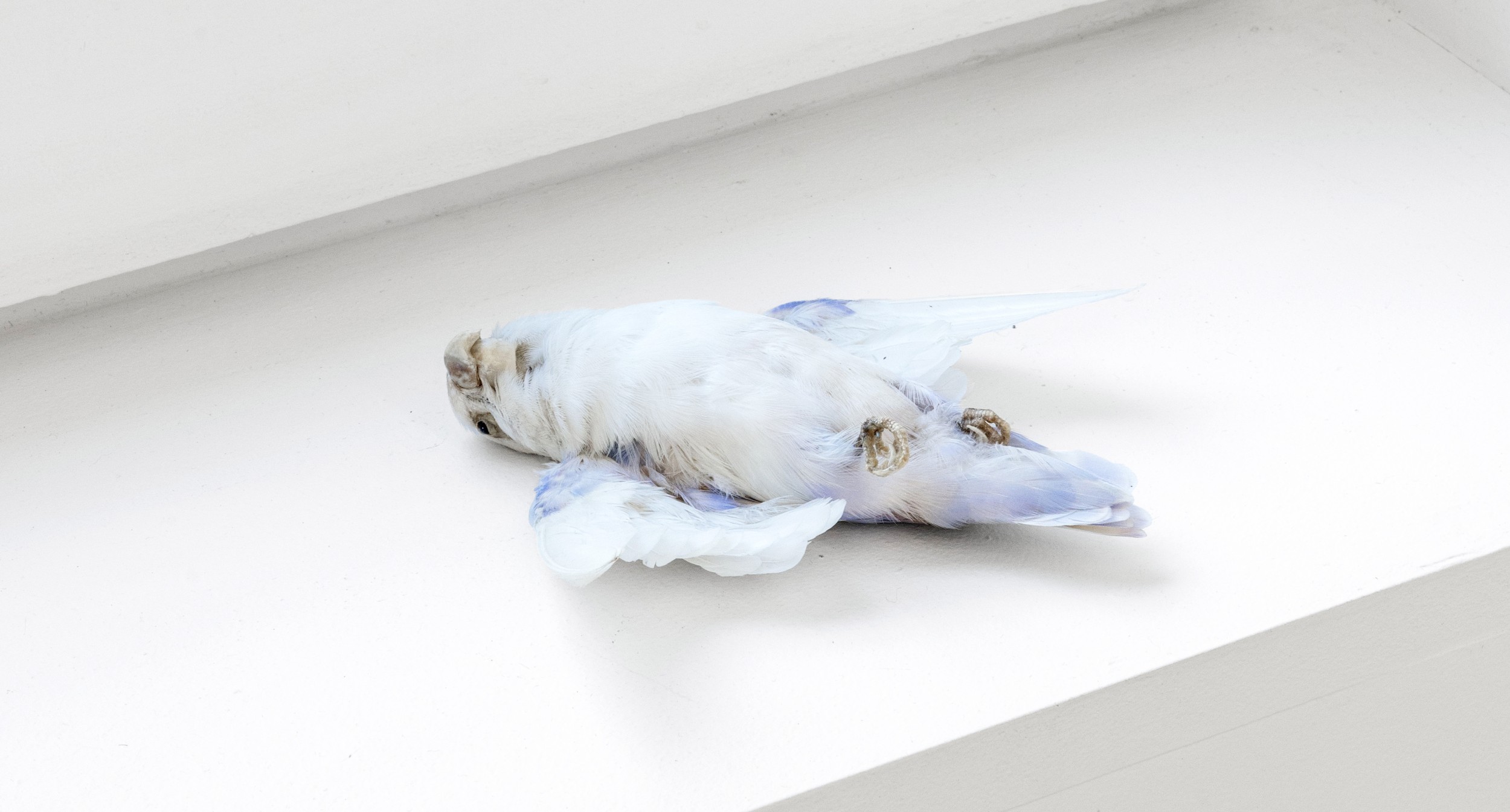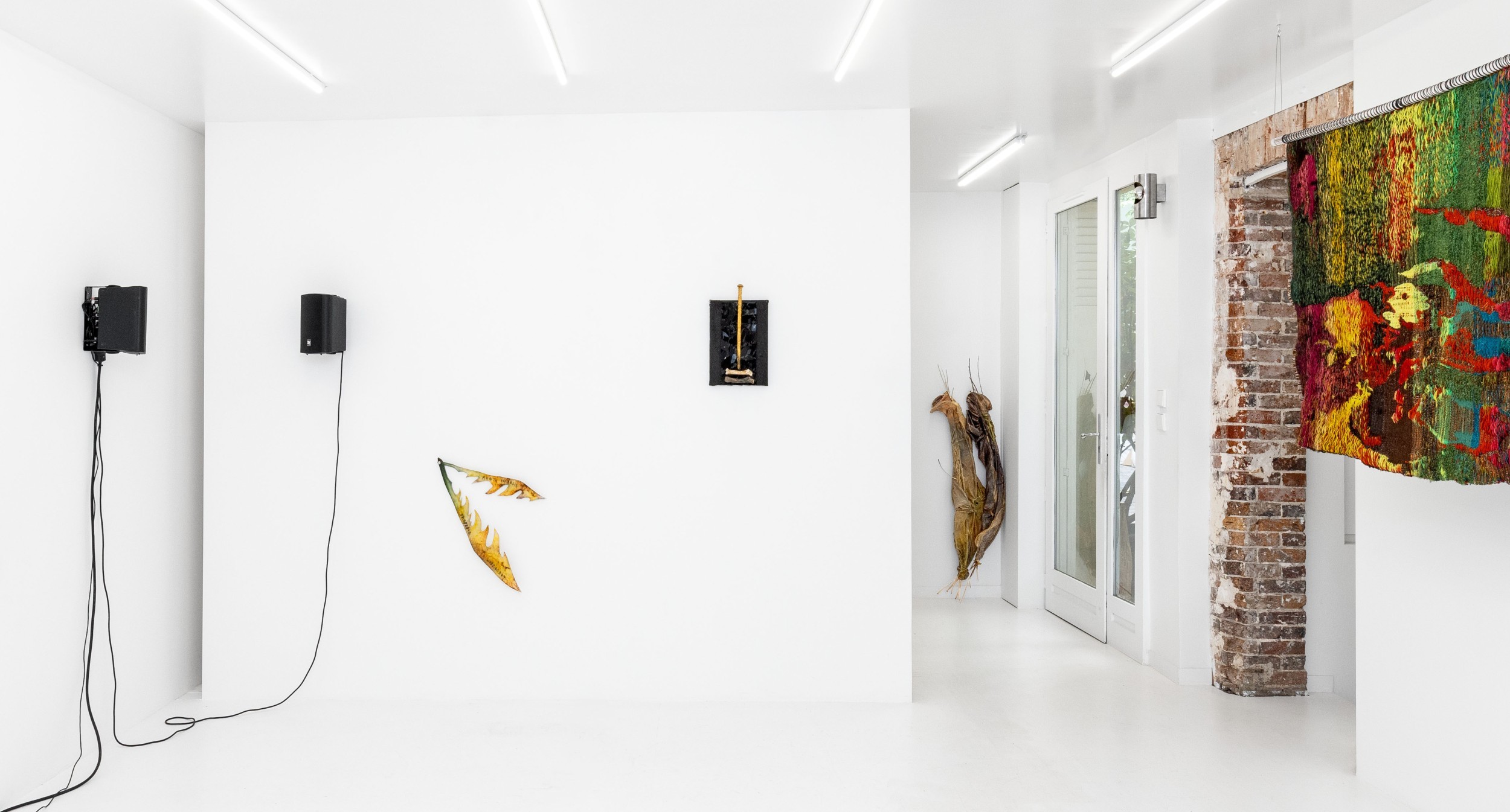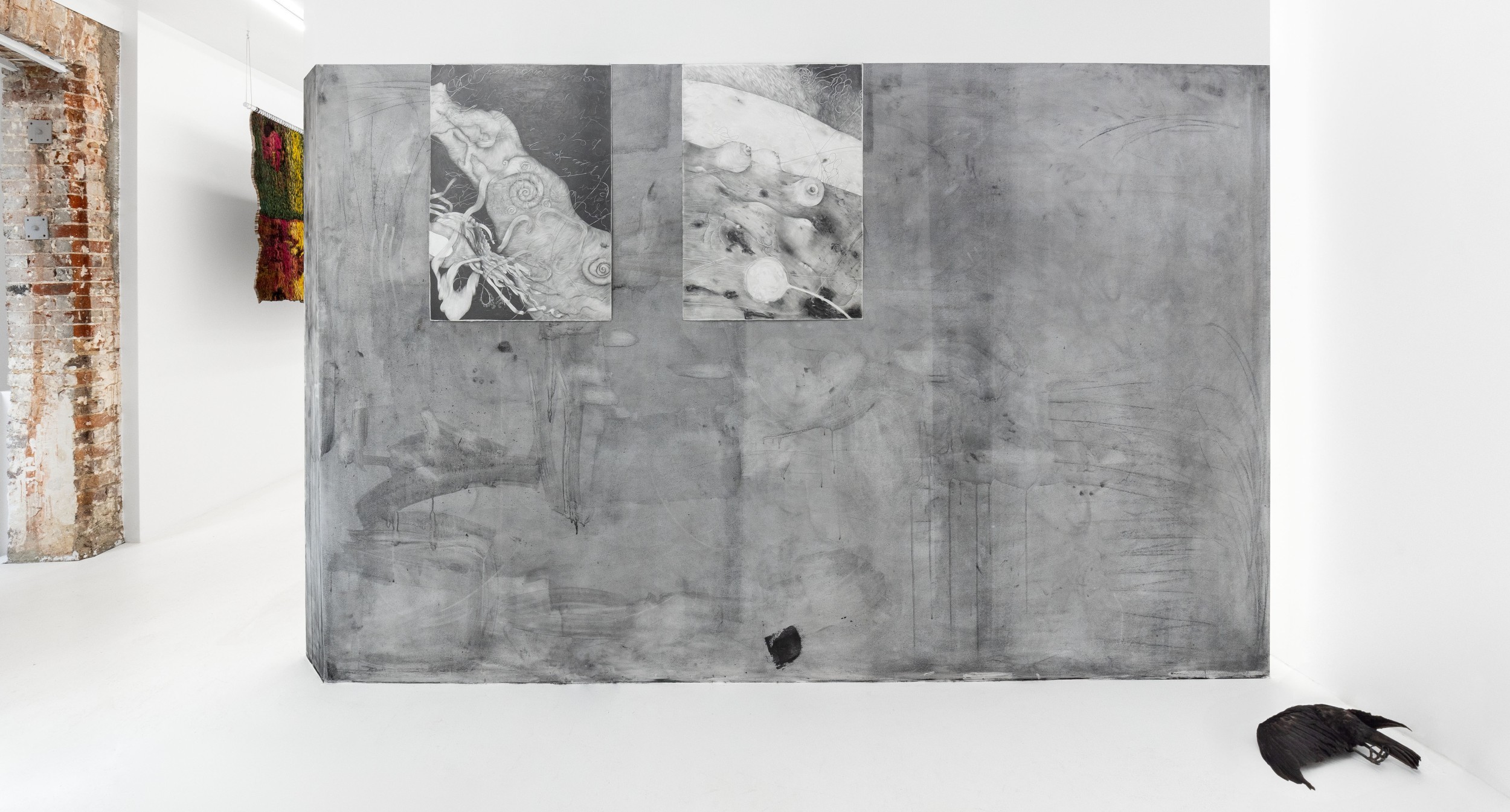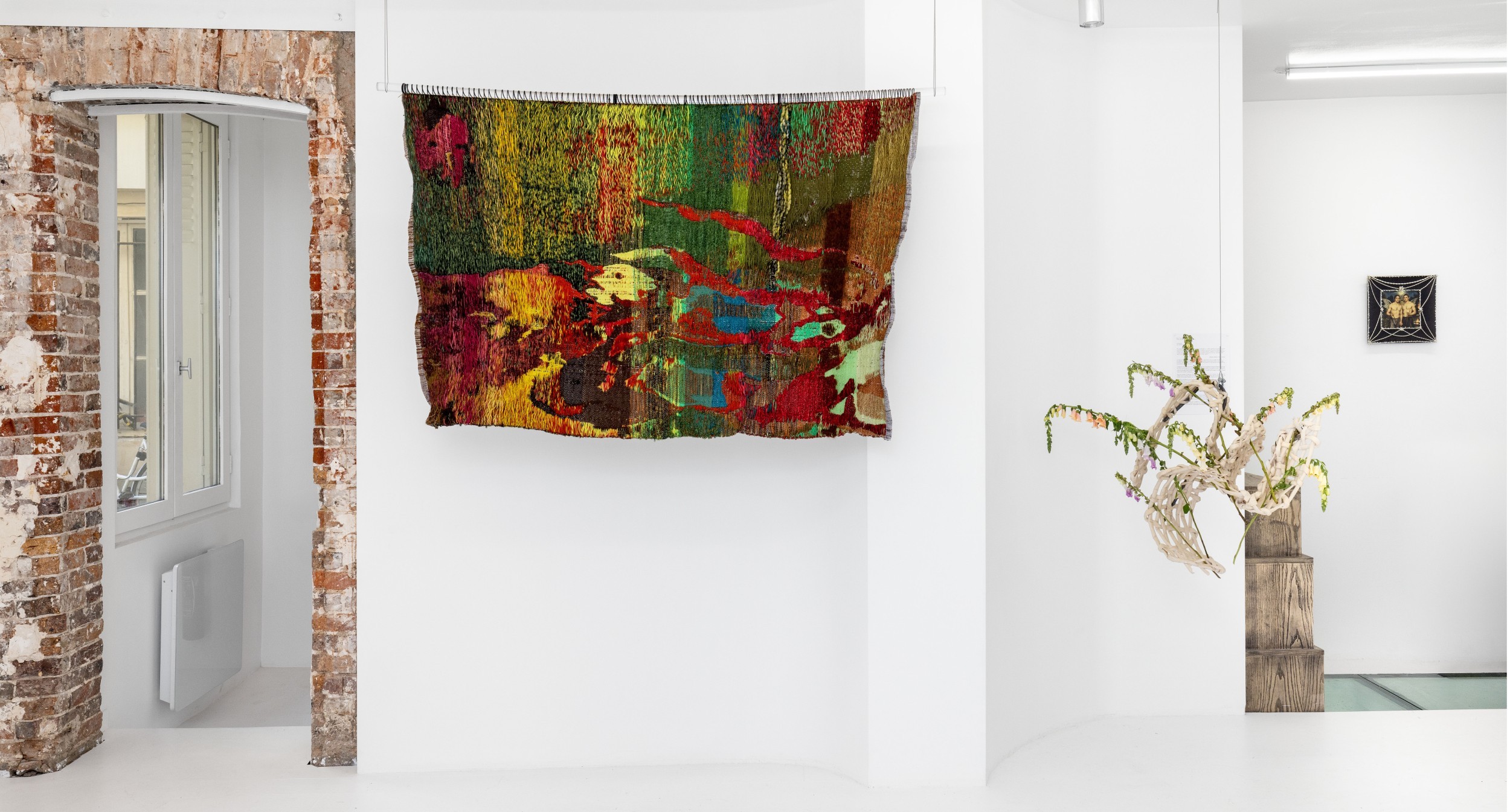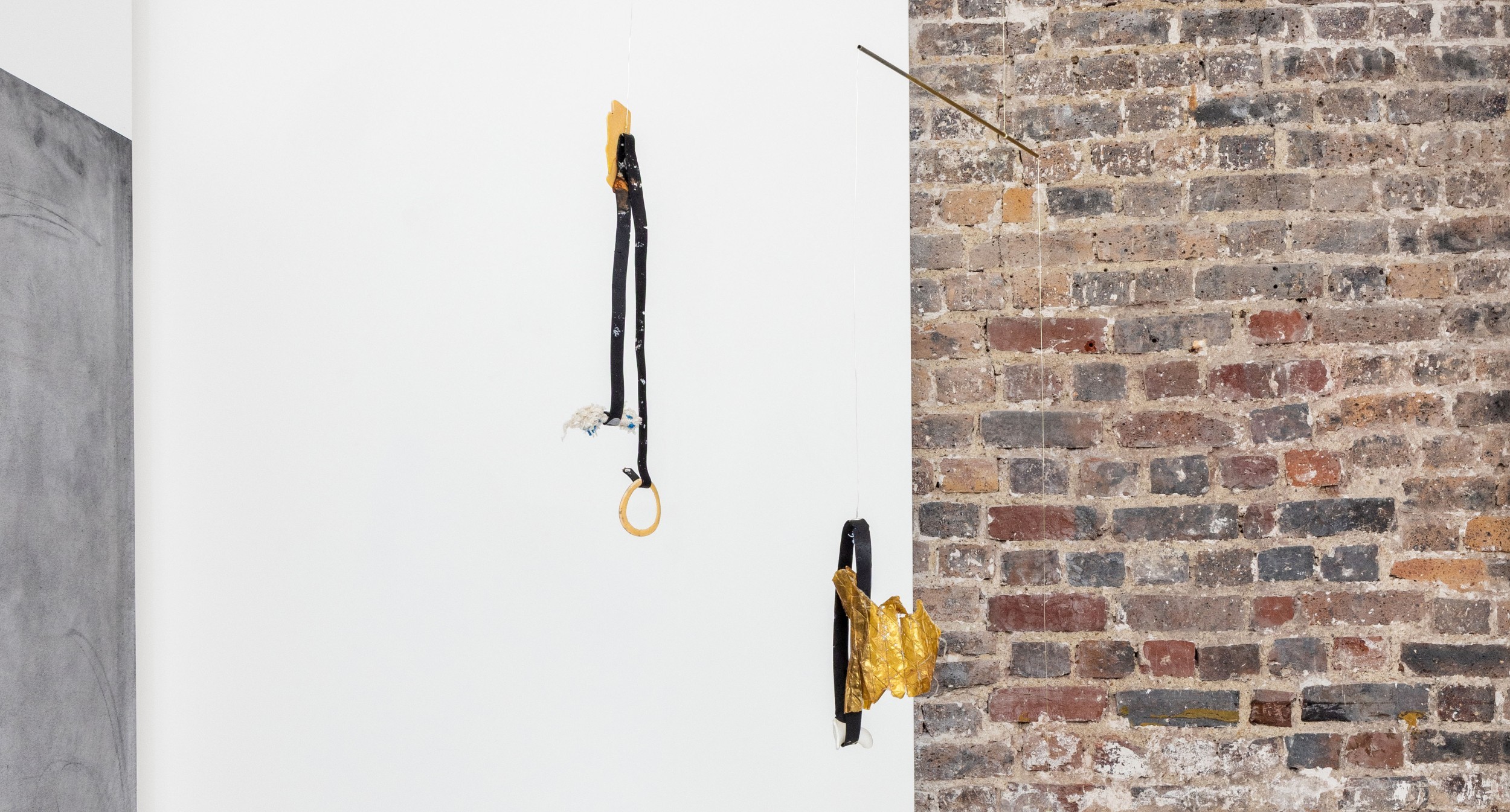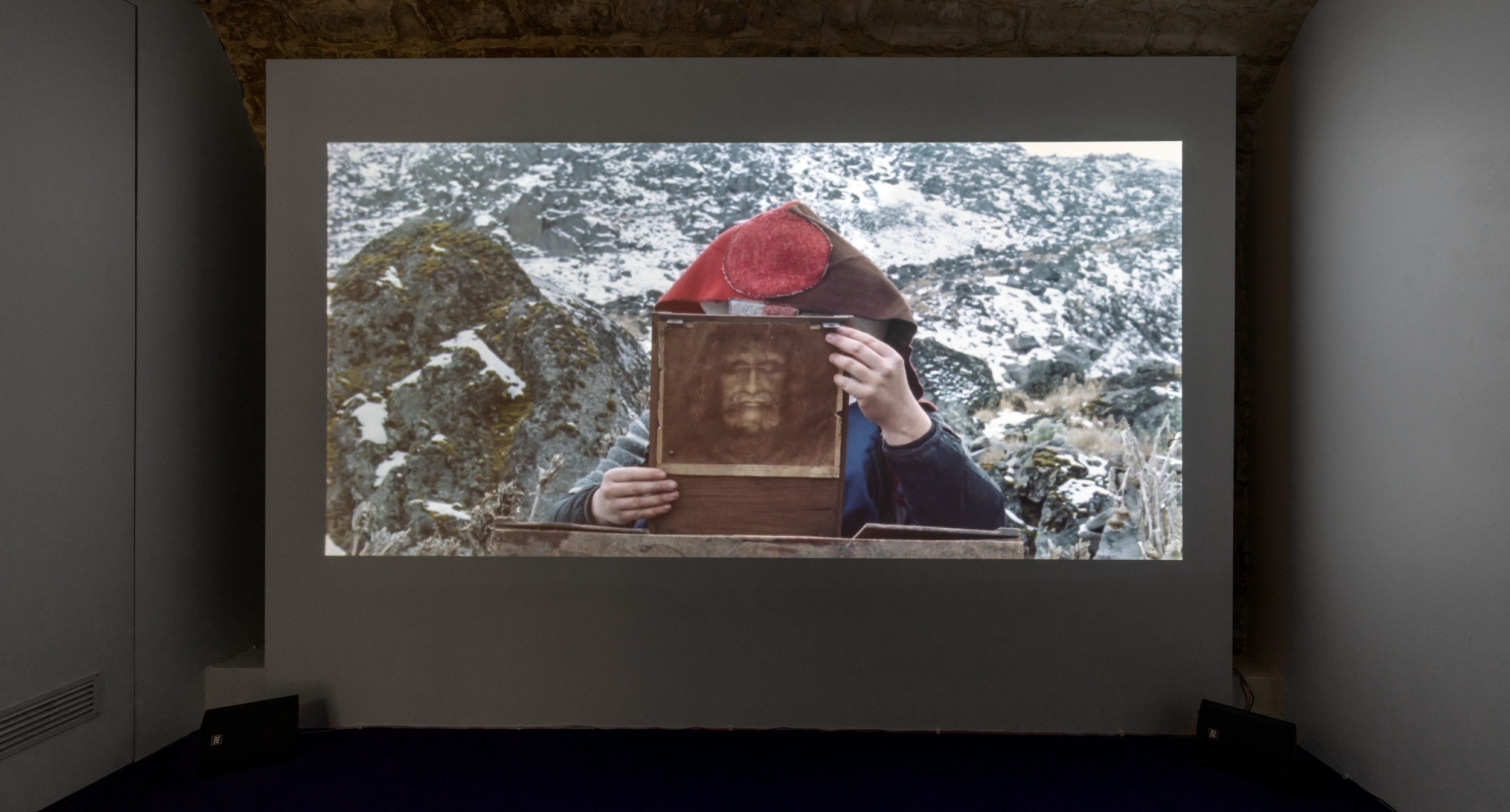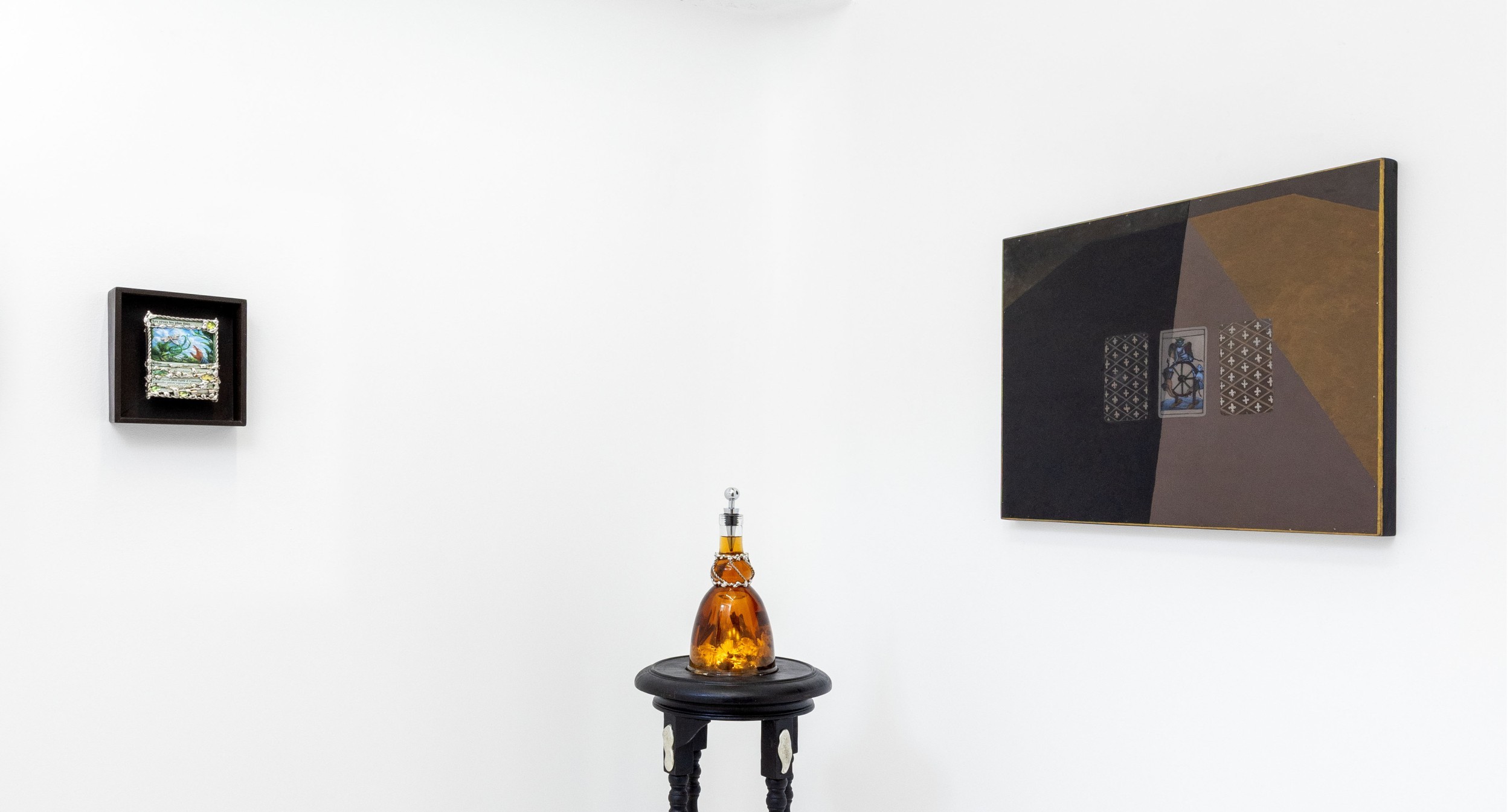Group show | Bayo Álvaro, Arda Asena, Guillaume Aubry, Andrés Barón, Clément Bataille, Claude Eigan, Tom Hallet, Vir Andres Hera, Derek Jarman, Youri Johnson, Mar Pérez, Leïla Vilmouth
Exhibition
15.05.2025 — 21.06.2025
A QUEER GARDEN
Opening
15.05.2025 — 17h
DS Galerie is delighted and proud to present the group show “A QUEER GARDEN”, bringing together artists Bayo Álvaro, Arda Asena, Guillaume Aubry, Andrés Barón, Clément Bataille, Claude Eigan, Tom Hallet, Vir Andres Hera, Derek Jarman, Youri Johnson, Mar Pérez and Leïla Vilmouth.
The garden is a dialectical space where antagonistic logics confront each other: mastery and abandonment, order and randomness, history and the ephemeral. What is at stake here is the possibility of a space in perpetual reconfiguration, where the material and symbolic inscription of marginal forms of
life is played out. The garden is a territory of resistance in that it refuses to be permanently fixed; it offers queer identities a terrain where shifting subjectivities unfold, where a lexicon in perpetual reinvention is constructed. A place of shifting forms, of sometimes uncontrolled creation, often deliberately left to its own devices, notably at Prospect Cottage. That one was an ode to colour, to effusion, and that’s what this “Queer Garden” can be too. An arrival of a flamboyance of garden space that attempts to thwart attempts to erect bushes. The fantasy of this garden is an inspiration to create gardens without paths, with colours that don’t merge, but spring forth without constraint and express desires, desires and follies.
In Ovid’s Metamorphoses, Daphne’s transformation into a laurel is a key moment in which the body becomes an escape topology, an inflection point in the dynamics of power. Metamorphosis is a strategy for survival: it hijacks domination by transmuting it into something else, into a presence that goes beyond the usual frames of representation. Like Daphné, the artists invited here use the garden as a space for emancipation, where identity ceases to be a fixed state and becomes a flux, a modulation, a coexistence between the living and the political.
In “A QUEER GARDEN” exhibition, videos, installations, performances, paintings and sculptures do not simply represent the garden, but extend its logic: they cultivate ambiguity, thwart binarisms, and are rooted in a materiality that questions modes of production and perception of the world. In this sense, they extend the thinking of Monique Wittig, who wrote that “lesbians are not women”: a phrase that, far from being a simple provocation, draws a loophole in the categories of gender, and proposes an escape from the heteropatriarchal system. The artists in this exhibition translate this idea into the language of the living: they see the garden not as a fixed representation, but as a stage on which identity assignments are replayed and subverted.
Echoing this plasticity, Virginia Woolf’s thought also runs through the exhibition: Orlando, through its play with identities and temporalities, constitutes a narrative model in which fluidity becomes a form of writing and existence. This fluidity is interpreted here as a spatial structure: the queer garden is not a closed framework, but a shifting cartography where ways of being and coexisting are reconfigured. Some of the works inscribe performative gestures in the garden, while others turn it into a palimpsest of rewritten texts. The space of the garden is also a space of memory, where the strata of the past coexist with future germinations, where time does not follow a straight line but extends in unpredictable ramifications.
In his garden at Prospect Cottage, Derek Jarman has constructed a poetics of resilience: in the face of the social erasure imposed by illness, he creates a micro-utopia where each plant becomes a manifesto. His garden is a space where the political and the intimate merge, a model of resistance where new forms of queer life are invented. This gesture resonates with contemporary practices that seek to think of ecology as a mode of existence and not simply as a thematic framework. Drawing on the thinking of Donna Haraway and her concept of “sympoiesis” - the idea that existence is never solitary but always co-constructed with other forms of life - the exhibition unfolds like an ecosystem in which the human is no longer at the centre but becomes one element among others.
The “queer garden” is not just a place of refuge: it is also a laboratory where possible futures are invented. In this way, “A QUEER GARDEN” is not simply an exhibition about the garden, but an investigation into the garden as a conceptual and political structure. Wittgenstein wrote that “the limits of my language signify the limits of my world”: here, the garden becomes a syntax, a place where new narratives are developed.
Text by | Ulysse Feuvrier
